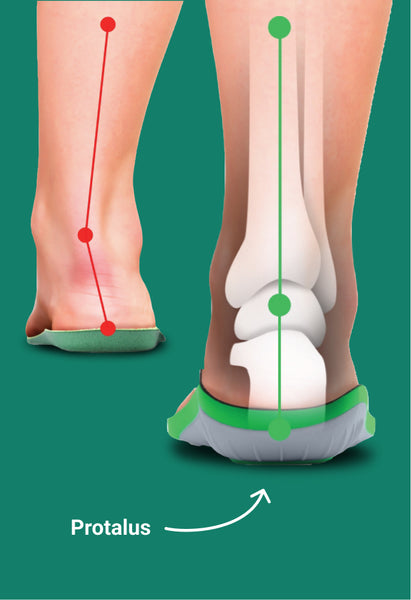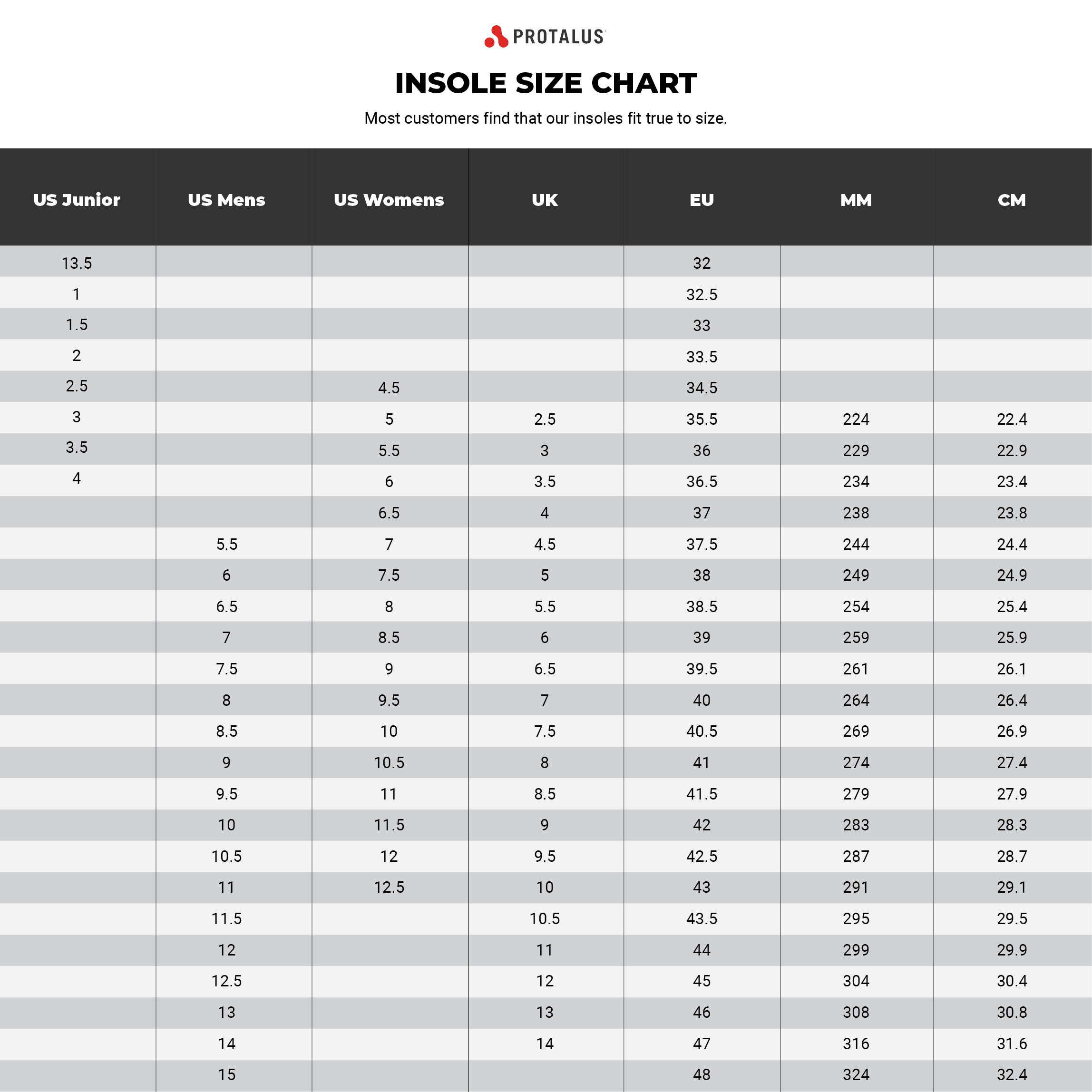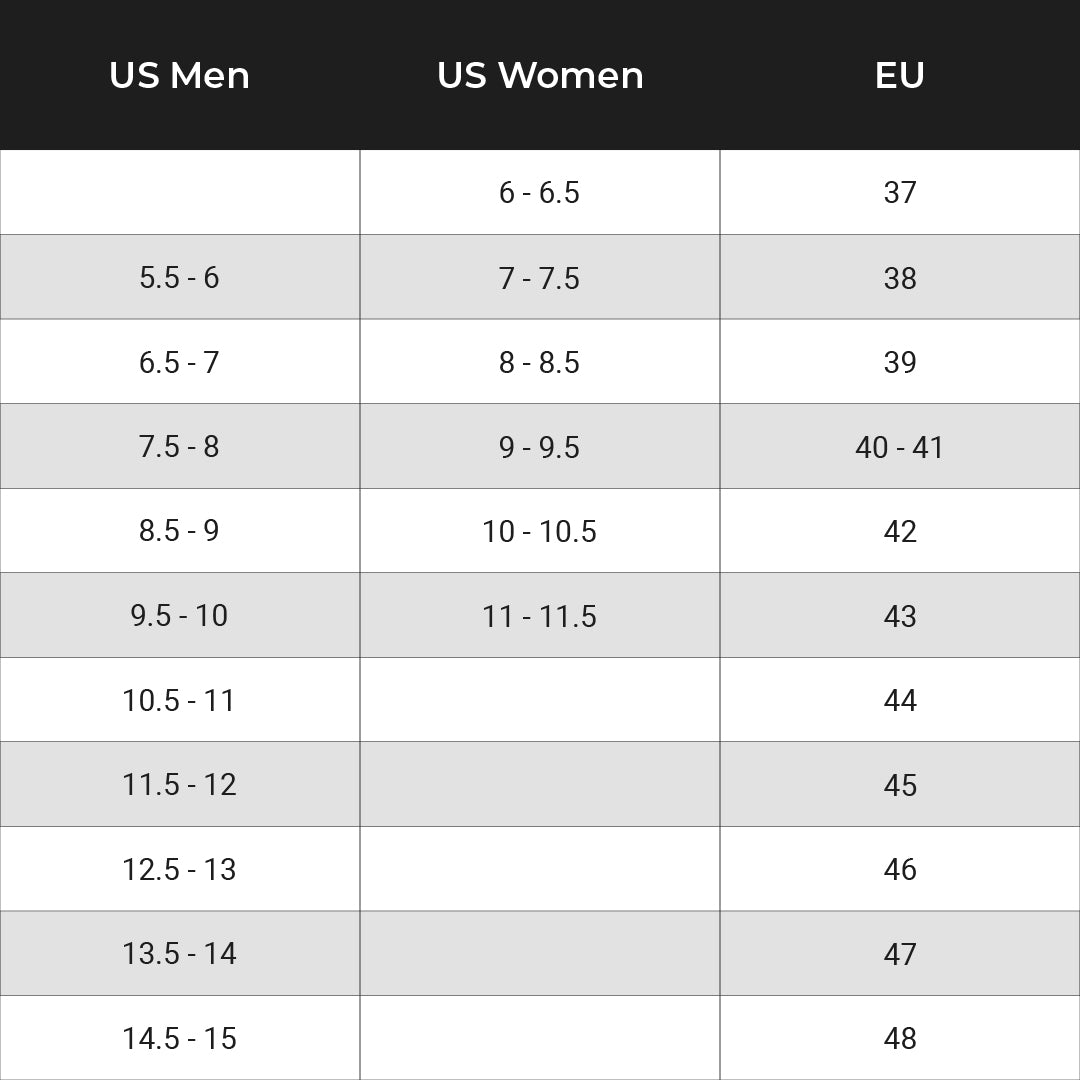Diabetic Ulcers
Diabetic patients sometime struggle with foot ulcers, stemming from diabetes complications. They often result from poor blood flow and nerve damage which triggers the development of sores on the foot.
What is a Diabetic Foot Ulcer?
A diabetic foot ulcer is an open wound or sore that characteristically appears on the bottom of the foot, near the big toe. Many people with diabetes suffer from these ulcers. The American Diabetes Association states that diabetic patients have a 25% chance of developing foot ulcers at some stage in their lives.

These ulcers are common amongst patients with diabetes because they are predisposed to nerve damage (peripheral neuropathy) which causes numbness in the feet and toes. Because of this, blisters, cuts, and other foot injuries may go unnoticed in the absence of pain and can form into open sores if left untreated.
Besides peripheral neuropathy, diabetic patients may also experience peripheral arterial disease (PAD) which hampers blood supply to the legs and feet. As a result, the body's ability to heal is greatly hindered and once a slight blister or sore occurs, it can take a prolonged period to completely heal.
Signs and Symptoms of Diabetic Foot Ulcers
Diabetic foot ulcers are characterized by a few or all the following symptoms:
• Numbness of the foot
• Foot swelling or irritation
• Skin discoloration or warmth around sores
• Leakage of fluid from the wound into socks or shoes
• Redness of the toe or foot
• Foul-smelling discharge from sores
• Black tissue (eschar) around the localized wound
• Fever and chills with severe cases
Risk Factors
All diabetic patients are at risk of developing foot ulcers at some point. However, other factors can maximize the risk of foot ulcers such as:
• Wearing ill-fitting or poor-quality shoes
• Poor foot hygiene practices — ulcers can develop when the foot isn't washed regularly or allowed to dry properly after washing
• Diabetes induced eye disease
• Kidney and heart disease
• Obesity
• Excessive alcohol consumption
• Tobacco inhalation (hinders proper blood circulation)
• Not trimming the nails properly or regularly

Treatment and Preventive Options
Diabetic foot ulcers demand urgent medical attention as they are highly susceptible to infection.. Additionally, an infection can make its way into the bloodstream where it can spread into the foot and bone tissues, causing serious health consequences. In advanced cases, an infected diabetic foot ulcer may necessitate surgical amputation. Thankfully, early treatment, diagnosis, and preventive measures can reduce the devastating effects of foot ulcers.
Foot-Focused Prevention and Management
One of the major factors that increases a patient's odds of developing foot ulcers is wearing ill-fitting shoes. Diabetic patients should have their shoes measured by width and size so they can fit properly.
Shoes should have a wide toe box and a snug heel to prevent friction against the foot. Shoes that are as tight as a glove, high-heeled, or overly narrow are not recommended as these can promote blisters and scrapes. Wearing sandals or walking with bare feet are also risky behaviors. Diabetic patients should inspect their feet daily for blisters, scrapes, ingrown toenails, and cuts.
Patients can prevent diabetic foot ulcer infections by taking foot baths, disinfecting the sore, properly changing wound dressings, and administering enzyme treatments.
Medication
In severe cases, a doctor can prescribe antibiotics to slow down the progression of the ulcer when preventive or anti pressure treatments fail to work. It is important to see a doctor before using medications to treat diabetic foot ulcers.
Debridement and Surgery
In some instances, doctors may get rid of foot ulcers by eliminating dead skin or foreign objects that may be the causative factor. This procedure is known as debridement. Depending on the severity, a doctor may also recommend surgery to alleviate or treat diabetic foot ulcers.
Although small cuts or blisters may not seem like a serious issue, in the light of the potential consequences of an infection, patients with diabetes need to take extra care to prevent these issues as well as treat them quickly when they occur to continue to live a healthy life.
Recommended Posts
Saying Goodbye to Leg and Foot Pain: The Power of Insoles
by Scott Anderson • November 12, 2021Kick leg and foot pain to the curb with the proper shoe insoles! Discover relief now!
How Plantar Fasciitis Sufferers Find Comfort with Insoles
by Scott Anderson • November 12, 2021Say goodbye to leg & foot pain! Insoles like Protalus T-100 offer relief, support & comfort.
Flat Feet: What It Really Means for Your Feet and Body
by Scott Anderson • November 12, 2021Flat feet? Discover the challenges and relief with Protalus insoles! Say goodbye to pain, improve stability, and boost performance. Read more!















